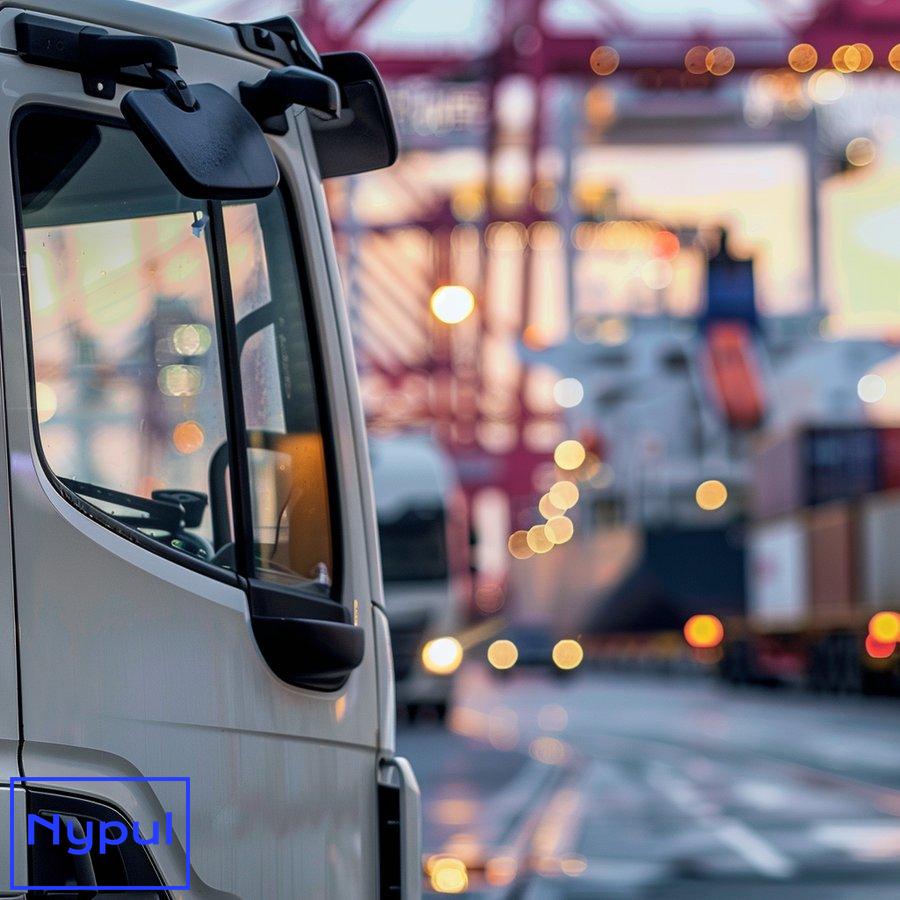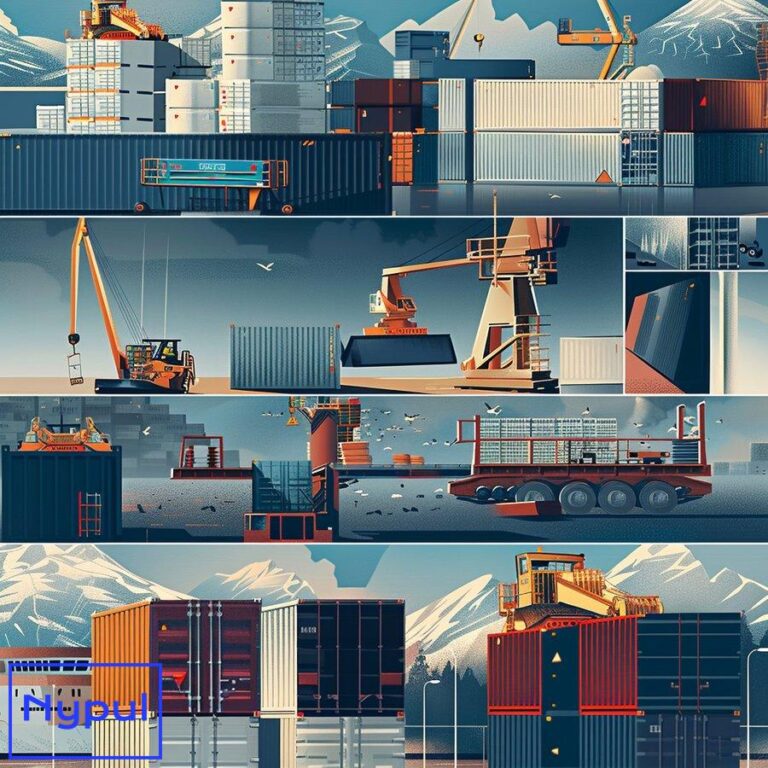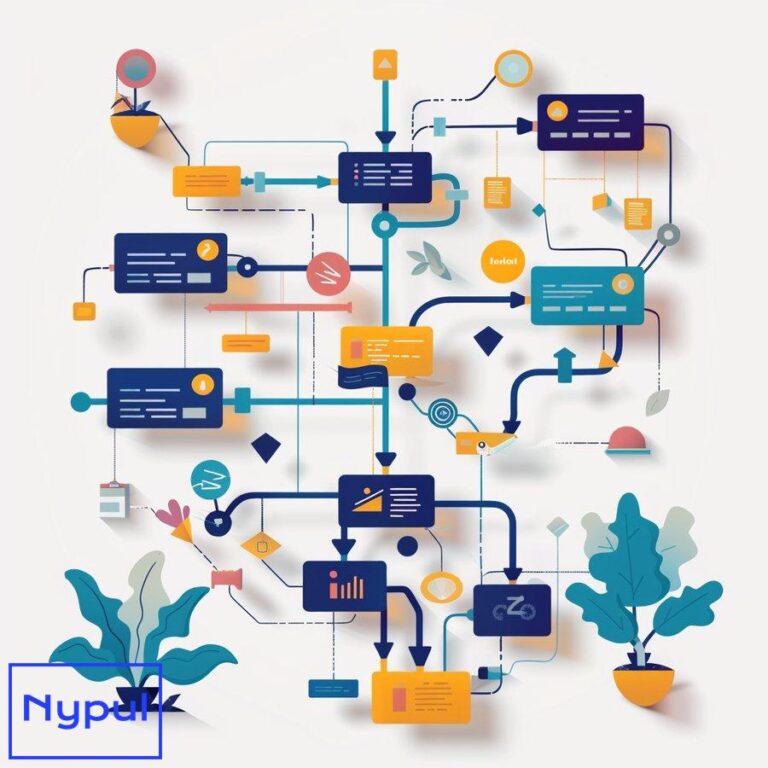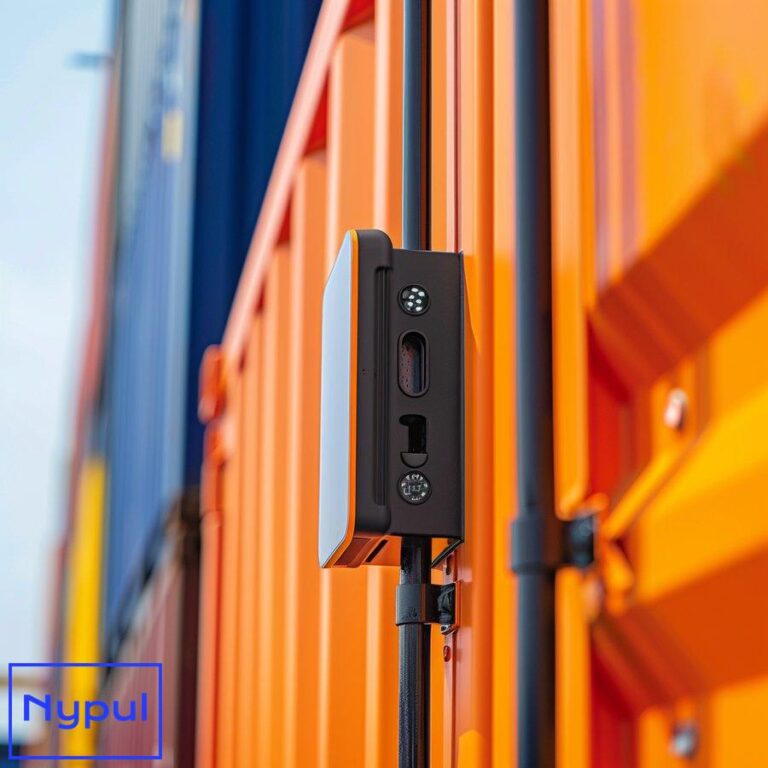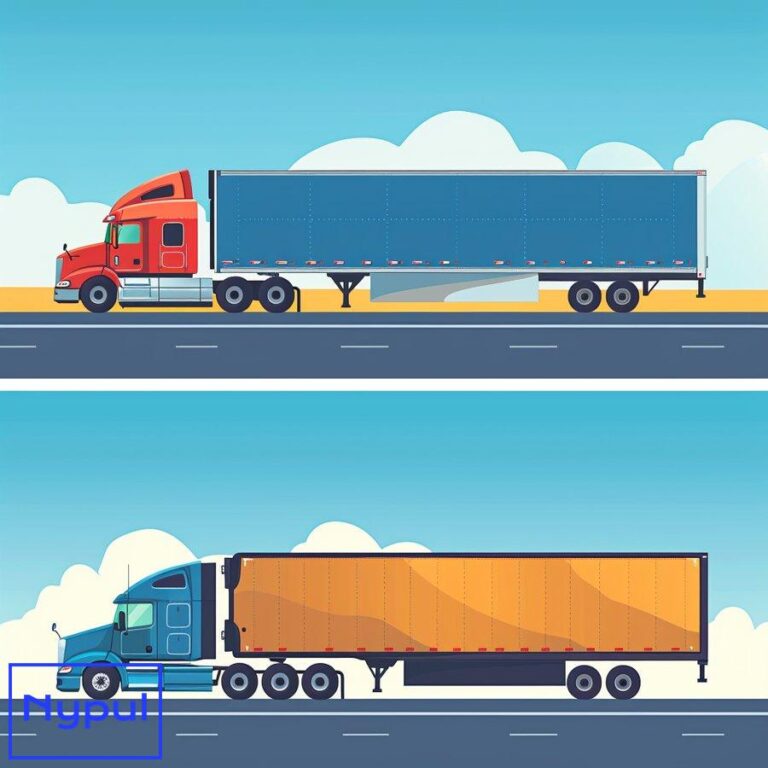What Is Considered a Drayage Truck
What is a Drayage Truck and Why is it Important?
A drayage truck is a specialized vehicle used for transporting freight over short distances, typically less than 50 miles. These trucks play a crucial role in the logistics industry by connecting different modes of transportation, such as ships, trains, and long-haul trucks, to ensure the efficient movement of goods from one point to another.
![]()

Drayage trucks are essential for the success of intermodal transportation, which involves the use of multiple modes of transport to move freight. They provide the necessary link between the various stages of the supply chain, enabling the seamless transfer of cargo from one mode to another.
The term “drayage” originates from the word “dray,” which was a type of horse-drawn cart used for hauling heavy loads in the past. Today, drayage trucks have evolved to handle a wide range of freight, including containers, bulk goods, and specialized cargo.
What are the Key Characteristics of Drayage Trucks?

Drayage trucks are typically large, heavy-duty vehicles designed to handle the demands of short-haul freight transportation. Some of their key characteristics include:
![]()
Size and Weight
Drayage trucks are usually class 7 or 8 vehicles, meaning they have a gross vehicle weight rating (GVWR) of over 26,000 pounds. They are capable of hauling heavy loads and are often equipped with specialized features such as air brakes and air suspension.
Fuel Type
Most drayage trucks are powered by diesel engines, which provide the necessary torque and fuel efficiency for short-haul operations. However, there is an increasing focus on the development of alternative fuel technologies, such as electric and hydrogen-powered drayage trucks, to reduce emissions and improve sustainability.
Chassis Configuration
Drayage trucks can be configured with various chassis types, depending on the specific needs of the freight being transported. Common chassis configurations include dry van, refrigerated, and flatbed.
Specialized Equipment
Drayage trucks may be equipped with specialized equipment to handle specific types of freight. For example, some trucks may have lift gates or side loaders for easier loading and unloading of cargo.
Driver Qualifications
Drayage truck drivers must possess a commercial driver’s license (CDL) and meet various safety and training requirements set by regulatory agencies. They are responsible for ensuring the safe and efficient transport of goods, as well as compliance with relevant laws and regulations.
How do Different Types of Drayage Trucks Serve Various Transportation Needs?

Drayage trucks can be classified into several types based on their specific functions and transportation needs. These types include:

Pier Drayage
Pier drayage involves the transportation of freight from a rail hub to a port or pier for loading onto a ship. These trucks play a crucial role in the movement of containerized cargo and bulk goods.
Intra-Carrier Drayage
Intra-carrier drayage refers to the movement of freight within a single transportation company’s network. This type of drayage is often used to transfer cargo between different facilities or modes of transport owned by the same carrier.
Inter-Carrier Drayage
Inter-carrier drayage involves the transfer of freight between different transportation companies. This can include the movement of cargo from rail to ship, rail to rail, or ship to rail.
Shuttle Drayage
Shuttle drayage is used to temporarily store or move excess containers that cannot be accommodated at a port or shipping hub. These trucks help alleviate congestion and ensure the efficient flow of freight.
Expedited Drayage
Expedited drayage is used for time-sensitive freight that requires faster delivery. These trucks are often used for urgent shipments or to meet tight delivery deadlines.
Door-to-Door Drayage
Door-to-door drayage involves the transportation of freight directly from the port or shipping hub to the final destination, such as a warehouse or retail store. This type of drayage is commonly used in e-commerce and retail supply chains.
Where do Drayage Trucks Operate and What Roles do They Play?
Drayage trucks operate in various locations throughout the supply chain, including ports, rail yards, warehouses, and distribution centers. They play a crucial role in connecting these different facilities and ensuring the smooth flow of freight.


Ports
Drayage trucks are essential for moving containerized cargo and bulk goods from ships to inland destinations. They help alleviate congestion at ports by quickly transporting freight to its next destination.
Rail Yards
Drayage trucks are used to transfer freight between rail yards and other transportation hubs. They play a vital role in the intermodal supply chain by connecting rail transport with other modes of transportation.
Warehouses and Distribution Centers
Drayage trucks are used to move freight from ports, rail yards, and other transportation hubs to warehouses and distribution centers. They ensure that goods are delivered to the appropriate storage facilities for further distribution.
Trade Shows and Shopping Malls
Drayage trucks also play a role in transporting freight to trade shows and shopping malls. They are used to move exhibit materials and merchandise from loading docks to designated areas within these facilities.
What Regulations Govern Drayage Truck Operations?
Drayage truck operations are subject to various regulations and standards set by federal, state, and local authorities. These regulations aim to ensure the safety of drivers, the public, and the environment, as well as promote fair competition within the industry.
Federal Regulations
At the federal level, drayage trucks must comply with regulations set by the Federal Motor Carrier Safety Administration (FMCSA) and the Environmental Protection Agency (EPA). These regulations cover areas such as driver qualifications, vehicle safety, and emissions standards.
State and Local Regulations
State and local governments may also impose additional regulations on drayage truck operations. These regulations can vary depending on the jurisdiction and may include requirements for permits, licenses, and specific operating procedures.
Port and Terminal Regulations
Many ports and terminals have their own set of regulations that drayage trucks must follow when operating within their facilities. These regulations may cover areas such as access control, safety protocols, and environmental standards.
Emissions Standards
There is an increasing focus on reducing emissions from drayage trucks to improve air quality and mitigate the impact on surrounding communities. The California Air Resources Board (CARB), for example, has implemented the Advanced Clean Fleets regulation, which requires drayage trucks to meet specific emissions standards by 2035.
How do Drayage Trucks Impact Supply Chain Efficiency?
Drayage trucks play a crucial role in the overall efficiency of the supply chain. By connecting different modes of transportation and ensuring the timely delivery of goods, drayage trucks help optimize the flow of freight and minimize delays.
Facilitating Intermodal Transportation
Drayage trucks enable the efficient transfer of freight between different modes of transportation, such as ships, trains, and long-haul trucks. This intermodal approach helps reduce costs, improve reliability, and minimize the environmental impact of freight transportation.
Reducing Congestion at Ports and Terminals
By quickly moving freight from ports and terminals to their next destination, drayage trucks help alleviate congestion and improve the overall efficiency of these facilities. This, in turn, reduces delays and ensures that goods reach their final destination in a timely manner.
Improving Supply Chain Visibility
Drayage trucks provide valuable data and information about the movement of freight throughout the supply chain. This data can be used to optimize routing, improve planning, and enhance overall supply chain visibility.
Supporting Just-in-Time Delivery
Drayage trucks enable just-in-time delivery by ensuring that goods arrive at their destination precisely when they are needed. This approach helps reduce inventory costs and improve efficiency throughout the supply chain.
What Challenges do Drayage Truck Operators Face?
Drayage truck operators face a variety of challenges that can impact their operations and profitability. These challenges include:
Driver Shortages
The trucking industry, including drayage, is facing a shortage of qualified drivers. This shortage can lead to delays, increased costs, and difficulty meeting customer demands.
Congestion and Delays
Drayage truck operators often face congestion and delays at ports, rail yards, and other transportation hubs. These delays can lead to increased costs, missed deadlines, and dissatisfied customers.
Regulatory Compliance
Drayage truck operators must comply with a wide range of regulations, including safety, emissions, and labor laws. Failure to comply can result in fines, penalties, and even the suspension of operations.
Equipment Maintenance and Repair
Maintaining and repairing drayage trucks can be costly and time-consuming. Operators must invest in regular maintenance and repairs to ensure the reliability and safety of their fleet.
Fluctuating Demand
Drayage truck operators must be able to adapt to fluctuations in demand for their services. Peak seasons, such as the holiday shopping season, can lead to increased demand and pressure on operators to meet customer needs.
To overcome these challenges, drayage truck operators are increasingly turning to technology and innovation. This includes the use of data analytics to optimize routing and scheduling, the adoption of alternative fuel technologies to reduce emissions and costs, and the implementation of advanced safety systems to protect drivers and the public.
By working together with customers, regulators, and other stakeholders, drayage truck operators can continue to play a vital role in the efficient movement of goods throughout the supply chain.
